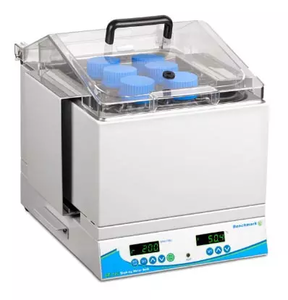
Laboratory baths are available with two key methods of heating and cooling. There are general purpose water baths, which work with heated water, and circulating baths for experiments and research that require temperatures above the boiling point and below the freezing point, serving both heating and cooling needs. Read here for a guide to the several types of water and circulating baths:
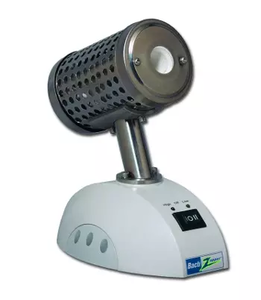
When you think of the most essential equipment in a laboratory, those items that promote safety are at the top of the list. Autoclaves, which use high pressure steam to sterilize liquid, glass, and biohazards; micro bead sterilizers, which easily eliminate bacteria from small lab and research tools using a heated glass bead technology; and chemical safety cabinets, which provide a vented environment for chemicals--all three of these pieces of laboratory equipment are designed to promote safe and effective lab work. Here is more information on each type of equipment piece so that you can make the best decisions in your laboratory purchases.
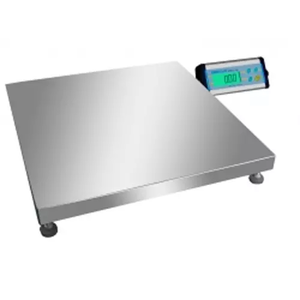
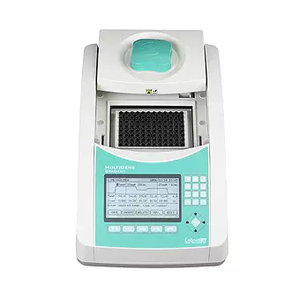
Two common pieces of lab equipment are thermocyclers and hot plate stirrers. Here is some basic information about both to assist you in making your lab purchases.
Thermocyclers, or thermal cyclers, are instruments used to amplify DNA and RNA samples by the polymerase chain reaction (PCR). The thermocycler raises and lowers the temperature of the samples in a holding block in discrete, pre-programmed steps, allowing for denaturation and reannealing of samples with various reagents. Amplified genetic material can be used in many downstream applications such as cloning, sequencing, expression analysis, and genotyping.
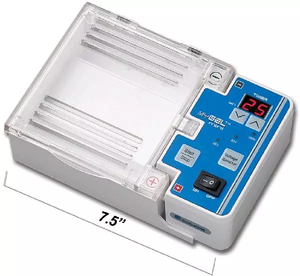
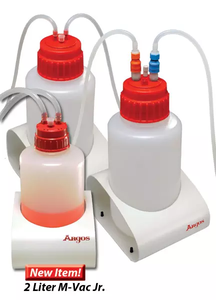
Analytical and Top Loading Balances: Our Precisa analytical balances and top loading balances couple premium workmanship of robust die-cast aluminum housing with the finest engineering materials, providing excellent protection against mechanical and electrical interference.
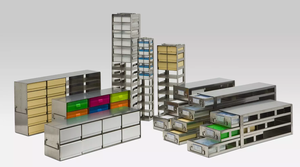
Cryogenic freezing is a process of cold preservation that is accomplished with very low temperatures. We’re talking a bone-chilling -238° F or -150° C. The storage method is derived from the science of cryogenics, which is about creating very cold environments and studying what the results are for samples that experience extremely low temperatures.
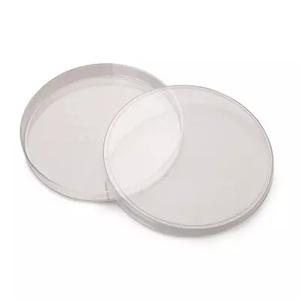
The term Tissue Culture may not evoke the most exciting of visions as a scientific pursuit, but the reality couldn't be more different. Think of scientists working in labs, coaxing life in Petri dishes from a few cells, and you begin to have a glimpse of what tissue culture is all about. When you are growing tissue or cells separately from the organism where they originated, that's Tissue Culture. The growth is usually promoted by using a growth medium, such as broth or agar. Tissue culture, a term invented by an early 20th century Midwestern pathologist, revolves specifically around the growth of animal and cell tissues. Plant tissue culture refers specifically to plants.
The science of biology has its origins in the early scientific work of two centuries ago. It began with a German zoologist named Wilhelm Roux, who removed part of a chicken embryo and kept it alive in saline for several days in 1885. Next, another zoologist grew nerve cells from a frog embryo cell set. By the 1990s, regenerative tissue replaced a small piece of a urethra and mammalian embryonic stem cell growth was developed. The same principles applied to plant tissue culture, where it was posited as early as 1902 that every plant cell had the capacity to develop a whole plant.
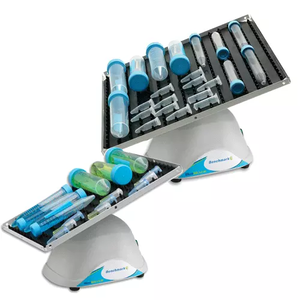
Setting up or adding new equipment to a laboratory can be a daunting prospect, at best. There are so many models at so many price points, and the budget numbers can really start adding up.
While there are many types of equipment and materials necessary to fully outfit any lab, some of the most important components of any lab is the mixing equipment, such as rockers and rollers. Fret not! Here is a guide to purchasing all the right rockers and rollers.
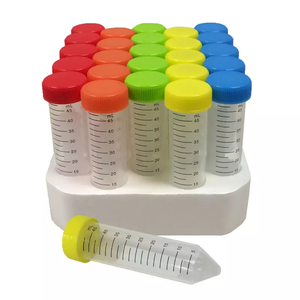
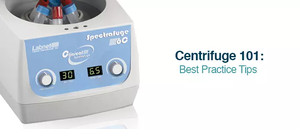
When operating a centrifuge, there are things you can do to that will help ensure your success. Here is a guide to help you keep your centrifuge process on track.
Using the right size tube for the correct centrifuge is imperative for the success of your analysis. There are many different types of centrifuges out there and knowing which one you need is very important.
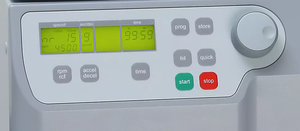
One of our most popular models of centrifuges from our large selection of laboratory products is the Z326 Hi-Speed centrifuge.
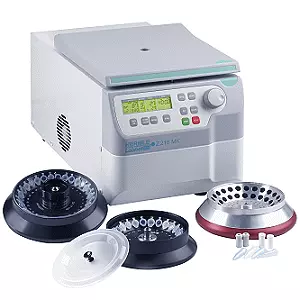
Next Day Science is proud to present our new expanded selection of universal and high speed, high capacity centrifuges to choose from.
These new centrifuge products are built with the end user in mind. The new innovative, ergonomic design makes these new models a great choice for any lab.
Choose from the new Z216 mk-2 microlitre centrifuge for compact, powerful centrifugation or check out our new versatile universal benchtop models.
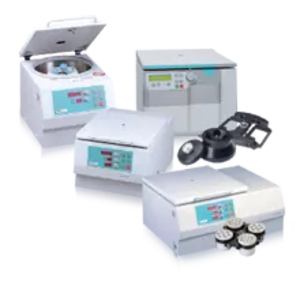
We often receive call from potential customers that are in the market for a new centrifuge. More often than not, they are unaware of the many options and the pertinent information that is required to make an informed buying decision. I would like to provide you with some valuable information and important considerations that will hopefully make your job easier in the finding the right centrifuge for your lab.